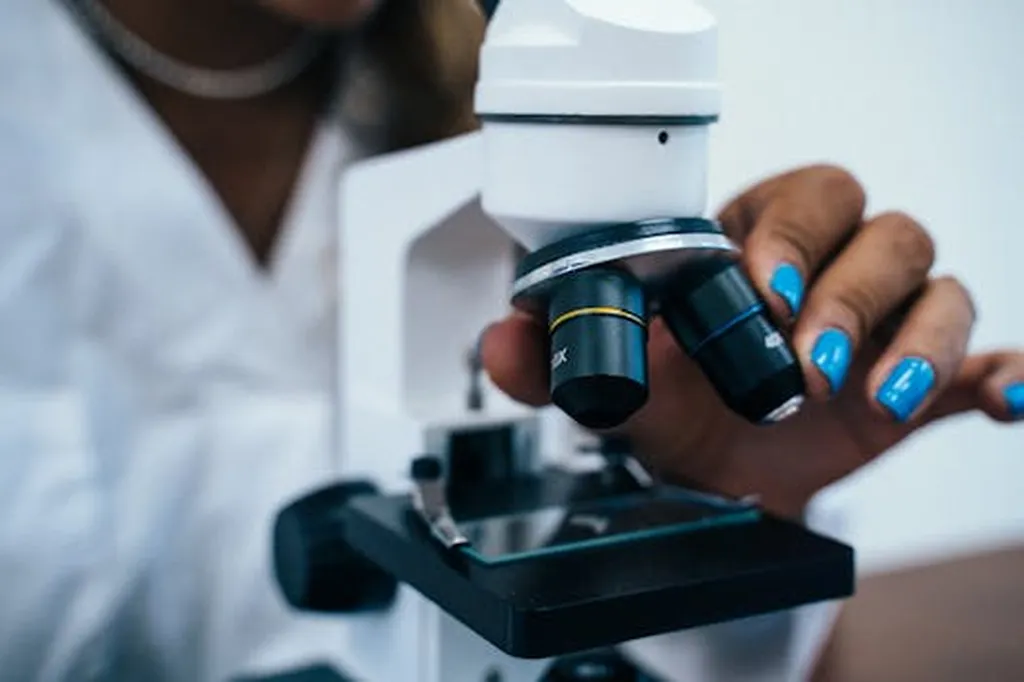In the realm of high voltage (HV) applications, ensuring the integrity of electrical insulation is paramount. A novel approach, termed Partial Discharge Echo (PDE), is making waves in the industry, promising to revolutionize how we assess insulation conditions. This innovative methodology, developed by Marek Florkowski from AGH University of Kraków, extends conventional partial discharge (PD) measurements, offering new diagnostic attributes that could significantly impact the energy sector.
Partial discharges are brief electrical sparks that occur within insulation systems, often indicating potential weaknesses or degradation. Traditional PD measurements have long been a crucial indicator of insulation integrity, but the PDE approach takes this a step further. By analyzing the echo characteristics of PDs, researchers can gain deeper insights into the condition of dielectric surfaces and charge-transport effects.
Florkowski’s research, published in the journal “Discover Electronics” (translated to English), involved experiments on model specimens representing defects in HV polymeric power cable insulation and degradation of motor winding insulation. The findings were striking. For instance, in polyethylene specimens, the PD echo decay time constant dropped dramatically from 10.42 ms in untreated samples to just 1.04 ms in electrically deteriorated samples. This indicates a clear dependence of the echo pattern on the condition of the dielectric surface.
“The PDE approach provides a non-invasive way to assess insulation conditions that are not possible with conventional PD measurements,” Florkowski explained. This could be a game-changer for industries relying on high voltage devices, from power grids to emerging transportation sectors like electric vehicles and more electric aircrafts.
The commercial implications are substantial. By offering a more comprehensive assessment of insulation integrity, PDE can help prevent costly failures and extend the lifespan of critical equipment. This is particularly relevant for the energy sector, where the reliability of HV devices is crucial for maintaining efficient and safe operations.
Moreover, the PDE methodology could pave the way for new diagnostic tools and techniques, enhancing the overall safety and efficiency of electrical systems. As the energy sector continues to evolve, innovations like PDE will be instrumental in meeting the growing demand for reliable and sustainable power solutions.
In the words of Florkowski, “This research opens up new possibilities for diagnosing insulation conditions, offering a more nuanced understanding of the health of our electrical systems.” As the industry continues to embrace and develop this technology, the future of high voltage applications looks brighter and more resilient than ever.

